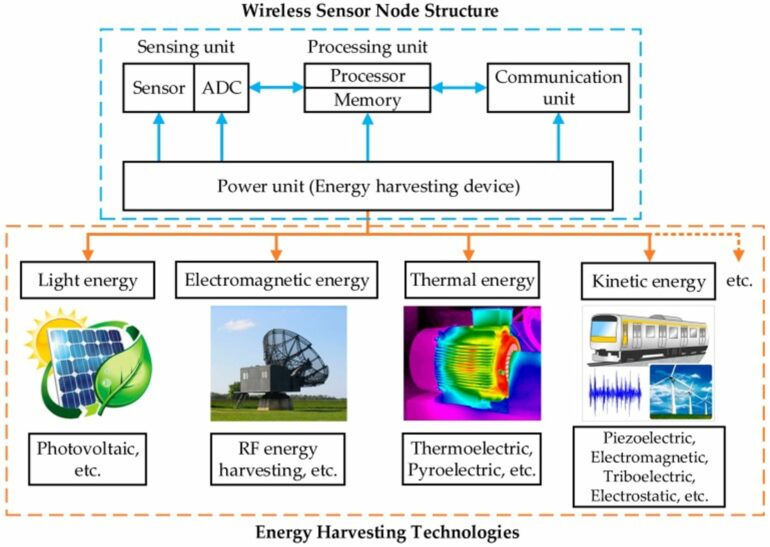The wireless interconnection of everyday objects known as the Internet of Things depends on wireless sensor networks that need a low but constant supply of electrical energy. This can be provided by electromagnetic energy harvesters that generate electricity directly from the environment. Lise-Marie Lacroix from the Université de Toulouse, France, with colleagues from Toulouse, Grenoble and Atlanta, Georgia, USA, has used a mathematical technique, finite element simulation, to optimize the design of one such energy harvester so that it generates electricity as efficiently as possible. This work has now been published in the journal EPJ Special Topics.
The Internet of Things consists of an enormous number of generally small, portable devices, each of which needs its own sustainable micro-energy source. Batteries are unsatisfactory for this as they will often need to be replaced or recharged. Many different technologies are being considered instead, with one of the most promising solutions being electromagnetic energy harvesting.
An electromagnetic energy harvester consists of a vibrating plate holding an array of micromagnets facing and coupled with a parallel, static coil. Electrical energy is generated by the vibrating magnets and the amount of electricity that can enter a circuit depends on the design of the coil and magnet and the spacing between them.
Lacroix and her team studied a system in which the magnets were state-of-the-art NdFeB ones—that is, they were composed from an alloy of the rare earth metal neodymium with iron and boron. They found that power could be optimized through a trade-off between the spacing of the magnets in the array and the number of turns in the coil; reducing the distance between coil and array and increasing the thickness of the magnets can also increase it.
“We are now producing harvesters using the guidelines that we have developed through this study,” she explains. These devices are likely to prove useful in the aerospace, automotive and biomedical sectors and others that have come to rely on the Internet of Things.
More information:
Ilona Lecerf et al, Optimization of a vibrating MEMS electromagnetic energy harvester using simulations, The European Physical Journal Special Topics (2022). DOI: 10.1140/epjs/s11734-022-00577-8
Citation:
Energy harvesting to power the Internet of Things (2022, June 13)


